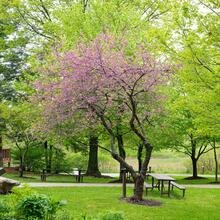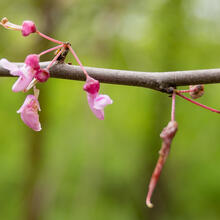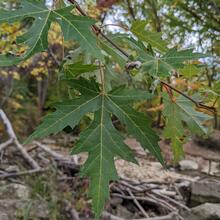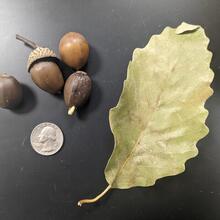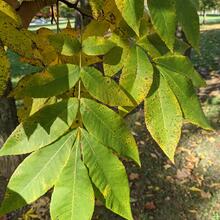Cercis canadensis
Fabaceae
Showy pink flowers, flower buds damaged by extreme winter temperatures. Tolerates wide range of soil conditions. Frequently damaged by deer browse.
Summary
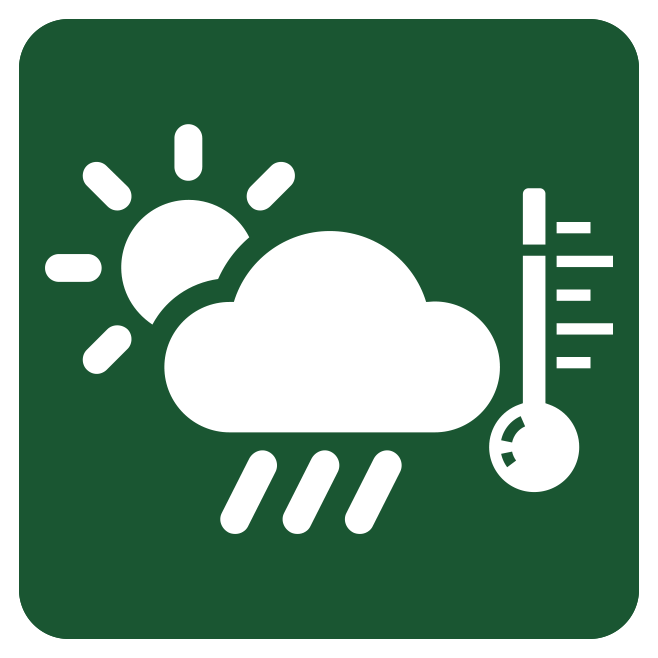 Climate Tolerance
Climate Tolerance
NA
Wildlife Benefits
Nectar/pollen source for bees; seeds occasional food source for birds
Pollination Type
Pollinator
Plant Hardiness Zones
4 to 8
# Butterfly/Moths that use as host
12
Bloom Time
Spring (Apr-May)
 Shade/Sun Tolerance
Shade/Sun Tolerance
Full Sun to Shade: Receives less than 2 to 6 or more hours of direct sunlight
 Maximum Height
Maximum Height
Small (15-40 ft)
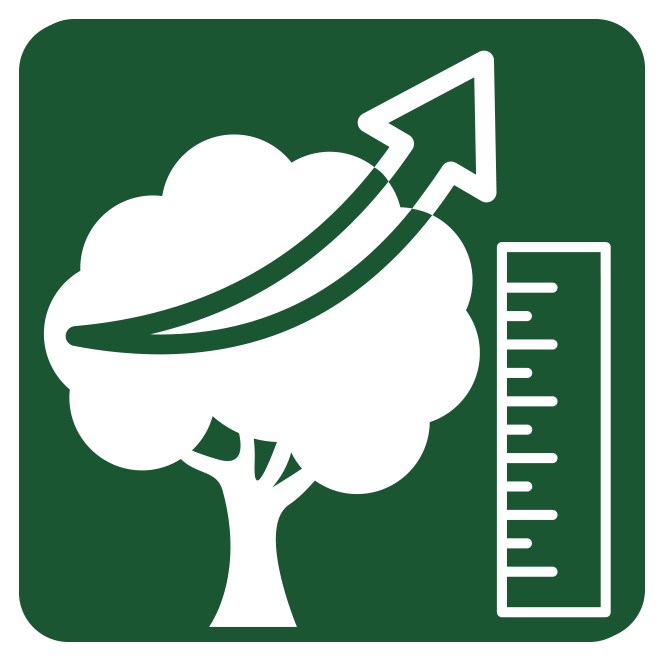 Growth Rate
Growth Rate
Slow: 1 ft or less per year
 Soil Type
Soil Type
Loam: Equal mix of clay, sand, and silt. Moderate moisture retention and high nutrient availability.
 Soil Moisture Tolerance
Soil Moisture Tolerance
Moist: Soil can remain damp and does not normally retain standing water
Root - Fungal Association
Arbuscular mycorrhizae: Symbiotic relationship with fungi that exist on inside of plant root cells, facilitating nutrient uptake
Pest & Pathogen Risks
Low; Verticillium wilt
 Urban Stress Tolerance
Urban Stress Tolerance
Medium: Tree can adapt to a few urban conditions and will generally grow well
Drought Tolerance
Tolerant: Tree will not become stressed during periods of drought
Coefficient of Conservatism
3
Native Status
OH-Native: Species is native to Ohio
NatureServe G-rank
G5
Plant Community Type
- Beech Mixed: Absent
- Oak Mixed: Absent
- Alluvial: Absent
- Red Maple Mixed: Absent
- Ruderal: Absent
- Urban Tree Cover: Common
Bloom Color
Magenta
Form
Shrub
 Lifespan
Lifespan
Short: Less than 100 years
Soil pH
Circumneutral (pH 6.8-7.2)
Wetland Indicator Status
FACU: Facultative Upland, usually occurs in non-wetlands, but may occur in wetlands
Soil Compaction Tolerance
Tolerant: Tree will not become stressed from soil being compacted
Heat Tolerance
Sensitive: Tree will become stressed from increased temperature due to urban heat island effects
Salt Tolerant
Sensitive: Intolerant to either aerial salt spray and/or salt present in soil
Native County Status
Cuyahoga
Geauga
Lake
Lorain
Portage
Summit
IUCN Red List Assessment
Least Concern
